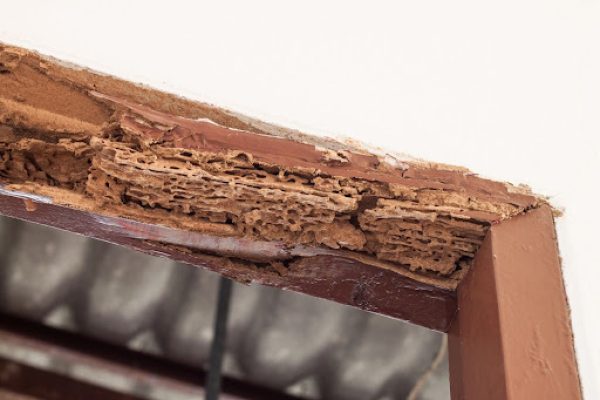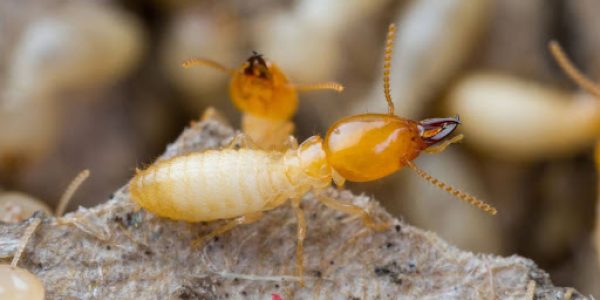Your home’s vents are designed to circulate air, not pests. Unfortunately, many insects and rodents see vent openings as convenient entry points. Attic vents, dryer vents, and bathroom exhaust vents can provide easy access to the interior of your home if they are not properly sealed or maintained. Once inside, pests can spread quickly and cause damage to insulation, wiring, and stored belongings. At Green Magic Pest Control, we help homeowners protect their homes by identifying and securing common entry points like vents before an infestation begins.
Understanding Why Vents Attract Pests
Vents provide everything pests need: warmth, shelter, and airflow. During colder months, rodents and insects seek warmth from inside your home, and vents often lead directly to attics or crawl spaces. Dryer vents also produce moisture, which attracts roaches, ants, and even small animals looking for humidity and warmth. Birds may use vent openings to nest, while wasps or bees can build colonies inside them. Recognizing these vulnerabilities helps you understand why vent protection is an essential part of maintaining a pest-free home.
Inspecting Vents for Openings and Damage
The first step in preventing pests from entering through vents is conducting a thorough inspection. Look for gaps, torn screens, or loose covers around attic and dryer vents. Rodents can squeeze through holes as small as a quarter, and insects need even less space. Green Magic Pest Control recommends inspecting your vents every few months, especially after storms or heavy wind, since debris and shifting materials can leave openings. Any damaged screens or missing covers should be replaced immediately to maintain a secure barrier.
Installing Protective Vent Screens and Covers
Protective vent screens and covers are some of the most effective tools against pest entry. Metal mesh screens keep insects and small animals from getting inside while still allowing airflow. For dryer vents, specialized covers with flaps that open only during operation prevent entry while maintaining ventilation. Green Magic Pest Control uses durable, weather-resistant materials that stand up to heat, humidity, and rain. By adding secure covers, you create a long-lasting barrier that stops pests at one of their favorite access points without interfering with your home’s air circulation.
Keeping Dryer Vents Clean and Clear
Lint buildup inside dryer vents can attract pests and reduce airflow, creating a double problem. Clogged vents not only increase fire risk but also make it easier for insects and rodents to nest inside. Regularly cleaning the lint trap and scheduling professional vent cleaning once or twice a year helps prevent both issues. When lint accumulates near the vent outlet, it can block flaps or covers from closing completely. Green Magic Pest Control often finds that pest problems begin where maintenance is neglected, so a simple cleaning routine can go a long way in keeping unwanted visitors out.
Sealing Gaps Around Vent Openings
Even with proper covers, small gaps can develop where vents meet exterior walls or siding. These spaces are prime entry points for ants, spiders, and cockroaches. Sealing these gaps with silicone caulk or weather-resistant sealant keeps pests from slipping in unnoticed. Pay special attention to vents that pass through brick, stucco, or wood, as materials expand and contract over time. Green Magic Pest Control technicians use professional-grade sealants to close these areas securely without restricting airflow, ensuring that your home remains both energy-efficient and pest-free.
Managing Moisture and Airflow Around Vents
Moisture attracts pests, and vents that leak or trap humidity can create the perfect environment for them. Check for condensation around bathroom and kitchen exhaust vents, especially in humid climates like Georgia and Florida. Proper insulation and airflow help prevent moisture buildup that draws in insects such as silverfish, centipedes, and roaches. Green Magic Pest Control advises pairing vent maintenance with humidity control measures, such as dehumidifiers or improved attic ventilation, to make your home less appealing to pests seeking damp hiding spots.
Keeping Outdoor Areas Around Vents Clear
Pests often find vents after traveling through overgrown shrubs or mulch beds close to exterior walls. Trimming vegetation and keeping at least a two-foot clearance around your home’s foundation reduces pest activity near vents. Avoid stacking firewood, leaves, or yard debris against vent areas, since these materials attract rodents and insects. Green Magic Pest Control includes landscaping recommendations as part of our prevention services, ensuring that both your yard and your vents stay clear of pest traffic routes.
Scheduling Professional Pest Prevention
While homeowners can handle basic maintenance, professional pest inspections provide a deeper level of protection. Green Magic Pest Control specialists use advanced detection tools to locate hidden vulnerabilities around vents, crawl spaces, and attics. We install secure vent barriers, apply perimeter treatments, and ensure every opening is properly sealed. Preventing pests from entering through vents not only protects your home’s comfort and air quality but also saves you from costly infestations later. Regular pest prevention keeps your living spaces clean, safe, and free from unwanted guests.







